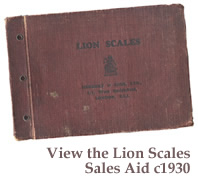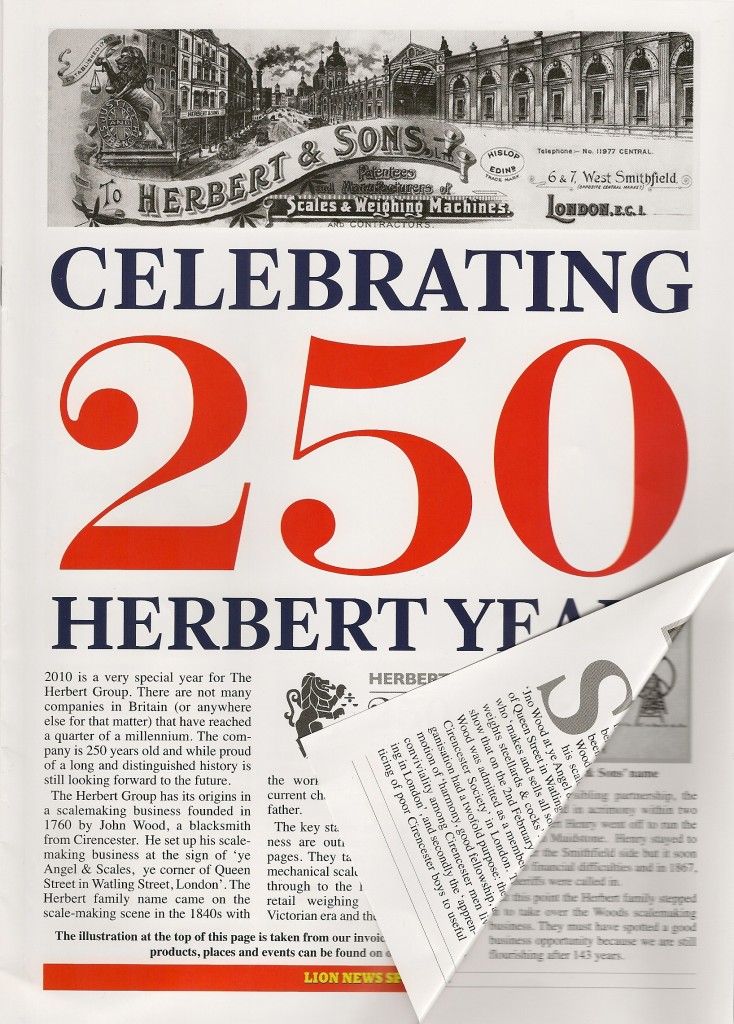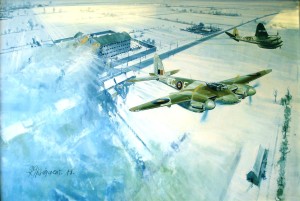Mosquito Fighter BomberAmiens Prison held some 700 inmates, some of them members of the French Resistance scheduled for execution on 19 February 1944. Around midday on 18 February, Mosquitoes of the 2nd Tactical Air Force dive-bombed the prison from a height of only sixty feet. The attack breached the walls of the prison and, while the explosion unfortunately killed 102 prisoners, 258 escaped, including 79 political prisoners. The mission was completed with the loss of two aircraft and Operation Jericho proved that the Mosquito was able to perform precision bombing raids.
This painting by Rodney Diggins was purchased by Jim Herbert in 1978, and was hung in the company boardroom. Our connection with the Mosquito Fighter Bomber is twofold: we made a huge number of machined parts for the aircraft, but more poignantly Fitz Herbert’s second son, Flt. Lt. Peter Norman Herbert DFC was shot down on 7th October 1944 over Walcheren in the Netherlands.
On 4th September 1944 The Allies had liberated the port of Antwerp, situated at the entrance to the Rhine, a critical point on their supply route. But the Germans had created a massive defensive position on Walcheren island, and the large guns based there were preventing use of the port. On 7th October the RAF carried out their second major attack, bombing the sea walls around Flushing (Vlissingen) and flooding the low lying polder. After the attack, an unarmed Mosquito of 627 Squadron based at Woodhall Spa, piloted by Flt.Lt. Geoffrey Bray accompanied by cameraman Flt.Lt.Peter Herbert, took off on a photo-reconnaissance mission, but their aircraft was hit by Flak and crashed into the Westerscheldt near Flushing. Neither of the crew members was ever recovered, and they are commemorated on the Runnymede Memorial.
|
Click on the Image(s) For Detail |




